|
Sam Mullen: You have a lot of choreography that is now being performed by other company members. What has it been like to teach the choreography to each dancer? How does it feel to see your work being performed by each person/personality? Nicole Harris: While we all come from different backgrounds I think one thing that is universal within Monkeyhouse is that we are all interested in seeing how a piece changes as it is performed by new bodies with new personalities and experiences to draw from. Our goal is never to have someone mimic the choreographer but to find their own voice within the work. It's why almost every piece is choreographed in collaboration with the dancers and you'll never quite see the same piece twice. Some pieces, when they acquire a new performer, stay within the same movement vocabulary and the changes come out in tone and texture. Other pieces add, subtract or replace phrases based on the needs of the new performers. Some pieces retain their concept or story but it ends up being told in a completely different manner. I was actually just talking about this last option with Caleb last night. One of the pieces I have restaged for this show is a duet that was originally performed by Caitlin Meehan and Nikki Sao Pedro-Welch. (For this show it will be performed by me and Sarah Feinberg.) The structure of the piece is largely one phrase that gets repeated and manipulated over and over with a final section of partnering between the two characters. In watching Sarah learn and develop her version of the piece I thought I would love to take the same structure but allow the dancer(s) to create their own phrase as the base of the movement instead of just adapting my original phrase - as Sarah and I did. When I first took this piece out of hibernation I had thought that it would be an interesting one to add to the series of duets Caleb and I have been performing, only the vocabulary of the original choreography is completely different than the vocabulary that comes out of where our two movement backgrounds meet. But the integrity of the piece won't change at all if the choreography of that main phrase is completely different. Karen talked quite a bit about restaging Firk II with you and Olivia so I'll skip that one. The last piece I restaged for this show is a solo I created in 2011 with Caitlin Meehan. I have actually taught this piece to two different dancers (Caleb from Monkeyhouse and Julien, my student at the Groton School) in the last few months. In both cases it was much more of the first method I mentioned above. The choreography, which was originally created through improvisations with Caitlin, has become now a set series of gestures. However, the piece is entirely about the personality and idiosyncrasies of the character in a very real and relatable situation. So, despite there being a written list of gestures that defines the structures, Caleb and Julien each had drastically different (but equally amazing) interpretations of the piece. SM: You have two duets with both Caleb and Sarah. What has it been like working on the duets with each person? Are the duets similar or completely different from one another with each specific person? Have the similarities /differences impacted rehearsals at all (tough changing from one character/emotion to the next or, if they are similar, is it the same character being continued over into the next story)? N: Yes, since the show is largely about relationships there are quite a few duets. You and Olivia have two as well! All four of my duets are pretty drastically different. It's always possible to draw comparisons. Both of my duets with Caleb are about relationships, although in one the relationship is just beginning and the other doesn't end well... We also have props that make our duets more like trios at times. Sarah and I have a similar partnering vocabulary in the two pieces, so they are definitely alike in that way. However, one is fairly linear in its storytelling and the other is rather abstract. Like any Monkeyhouse show (or any show with many choreographic voices) this show requires a lot of mental elasticity from the performers. Even just in these four pieces I jump from an overview of an entire relationship in which I am left alone at the end. Then I am the one who does the abandoning and we explore what it means to trust someone. The next piece plays with rebound and reaction and how two people intentionally or unintentionally impact one another. And finally I am one of two people who has to learn where baggage, insecurity and mental illness can fit into establishing a new relationship. That's a lot of emotional roller coaster - and I'm in at least 2 other pieces that aren't duets...! SM: You have quite a few props for your pieces in this show! What has it been like working with vastly different elements, i.e. a very special, large umbrella vs a much smaller light source in total darkness? N: It's interesting because the props all come from very different sources. The light, which is used in Elyssa Berg's Irradiance, was something that Elyssa had been playing with in Musings for months. Caleb and I were asked to dance in that particular piece and the movement entirely came from prompts by Elyssa. So while we did play with the light (and we are always entertained by the patterns it makes on the ceiling while we're performing) it was something that was directed from the outside. Similarly, the idea for the umbrella came from an outside source. Karen, who built the beautiful umbrellas as the start for a project that eventually became the Dictionary of Negative Space, brought them in to Musing almost a year ago and led a series of improvisations around the idea of the umbrella being a security blanket. When Caleb and I proposed the idea of building a duet Karen suggested that those improvisations might be a good place to start. We definitely never would have come up with Voetstoots without Karen's suggestions or her umbrella! So, the umbrella was given to us from the outside, but the movement it generated came entirely from the two of us and our interpretation of the idea. The hardest part of the umbrella is that from a storytelling perspective it isn't supposed to be easy to keep the umbrella under control, especially once we are dancing together. However, like most things, practice makes better - so the longer this piece get rehearsed and performed the easier it is to encourage the umbrella to do what we want. So we have to constantly remember what it was like in the early days and try and keep that feeling in every performance. SM: You are always so busy working on new adventures for Monkeyhouse. Can you tell people about all of the exciting things we have coming up?
N: Oh yes! We are simultaneously building three large events at the moment. The first is this show, of course. Then on April 13th we will be performing with Karen for her I-ARE residency showcase at the Dance Complex. And on April 27th we will be out on the Malden Community Trail co-hosting the very first Malden Dance Mile with OnStage Dance Company as part of ArtWeek 2019! Everyone should keep an eye out on our social media and here on the website for more information about how you can be involved with all of these exciting choreographic adventures!
0 Comments
Sam Mullen: You created a new piece, Ricochet, for the version of this show we did at OnStage Dance Company in July. This winter you restaged it with Nicole for our upcoming performance. What was that like? Sarah Feinberg: Honestly, setting Ricochet on Nicole was easy. She participated in the musings that lead to building the piece and already knew portions of the choreography. We made a few minor adjustments to sections to make them work better for our partnership but other than that not much had to be changed. Both Elizabeth (who originally danced the piece) and Nicole move so fluidly that their natural movement aesthetics worked well for this piece. I’d love to see Ricochet danced by the two of them together. Maybe next time! SM: In addition to dancing you can often be found upside down or up in the air at AcroStrong in Charlestown, MA. How are acro and and the partnering you do at Monkeyhouse different? How are they the same? Does being fluent in both impact the other? SF: All the training and experience I have received in contact improvisation and partnering was definitely beneficial to learning partner acrobatics. I was no stranger to being picked up, picking people up and being upside down. Even more important and useful is my understanding of connection and weight sharing. Acro is much more structured than contact improvisation and there are clear roles (base, flyer, mid, spotter) that are agreed upon before starting a skill. When we improvise at Monkeyhouse we don’t necessarily make those decisions in advance. You have to be ready to play any combination of those roles at any time. Having strong connections and clear weight shifts make that possible. I like to improvise in acro when I have a willing partner. It’s fun trying to come up with creative transitions and new shapes. Acro continues to challenge my perception of what I am capable of. A few years ago I never would have believed I could do the skills I am doing now. Acro has definitely made me stronger, a little more fearless and expanded my knowledge of partnering. For me, dance and acro compliment each other nicely. You can catch Sarah at
re{ACT} re{BUILD} re{COLLECT} on March 29-30th at the Multicultural Arts Center in Cambridge, MA Get your tickets today for $5 off the door price!
Musing Prompt #46.329 (premiere) Improvisation Prompt by Karen Krolak Performed by Caleb Howe, Elyssa Berg, Nicole Harris, Olivia Scharff and Sam Mullen Music by Twink the Toy Piano Band Special Thanks to Aisha Cruse Ukiyo (premiere) Choreographed by Nicole Harris Performed by Sarah Friswell Cotton, Olivia Scharff, Nicole Harris Costumes by Nicole Harris Special Thanks to Kelsey Griffith, Impulse Dance Center Ukiyo (Japanese) - the “floating world”; a place of fleeting beauty and living in the moment, detached from the bothers of life. [220] (premiere) Choreographed by Karen Krolak in collaboration with Sam Mullen Performed by Sam Mullen Music by Twink the Toy Piano Band Sam would like to thank Karen for the encouragement, freedom of expression and constant support. www.DictionaryofNegativeSpace.com
4 things (2018) Choreographed by Elizabeth Powers in collaboration with the dancers Performed by Michelle Boilard, Michela Doherty, Sarah Feinberg, and Elizabeth Powers Music by Mystified Costumes by Elizabeth Powers
Voetstoots (premiere) Choreographed and Performed by Caleb Howe and Nicole Harris Music by Francois Couture Sound Design by Nicole Harris Umbrella Design by Karen Krolak Special Thanks to Karen Krolak and Peter-John de Kock Voetstoots (Afrikaans) - refers to something, usually sold, with all its faults and without guarantees - “As is” * Created as part of Monkeyhouse’s Choreography Mentorship Program
reACT reBUILD reCOLLECT Friday, July 27th @ 8pm 665 Salem St, Malden, MA Tickets available here for only $10 if you use the VIP Code MH10. VIP tickets are not available at the door so get yours today!
N: You have led a series of Musings (a time for choreographers to play with ideas in a low stakes setting) over the last several months in preparation for creating this piece. How have you used Musing time to help get you where you are now? SF: Musings have been a great opportunity to try out ideas and get feedback. I had some improvisational prompts that I started with but then got stuck when it came to setting choreography. I was challenged by karen during a musing to come up with a phrase to teach and then use the improvisational prompts I had been playing with in conjunction with the phrase. This was a major turning point in the choreographic process for me. The phrase I came up with that day ended up laying the foundation for the entire piece. N: What is a favorite rehearsal moment from the creation of this piece? SF: One of my favorite moments was when the last bit of choreography came together and all of a sudden I had an ending to my piece. I had initially came in to rehearsal that day with a very different plan for a possible ending and as we were working through the choreography the ending came naturally and that was that.
they make it their own. A few bits of choreography got adjusted here and there but the biggest change is just new dancers bringing new life to the characters. One of the things I love most about this piece is that no two dancers are going to perform it the same way. Every time this piece gets performed its a little bit different and that is part of what keeps it exciting.
|
Categories
All
Archives
April 2023
|
MONKEYHOUSE
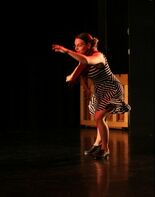
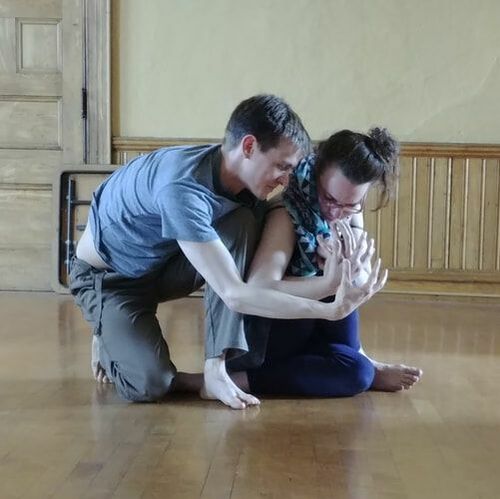
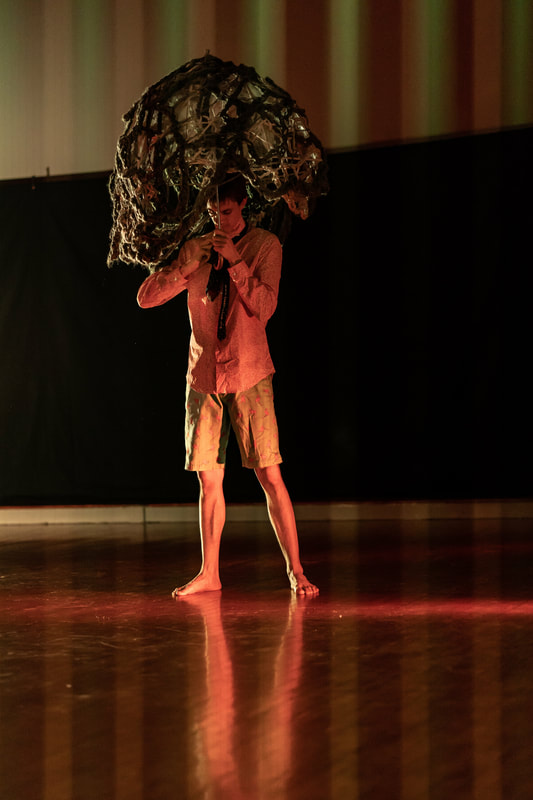
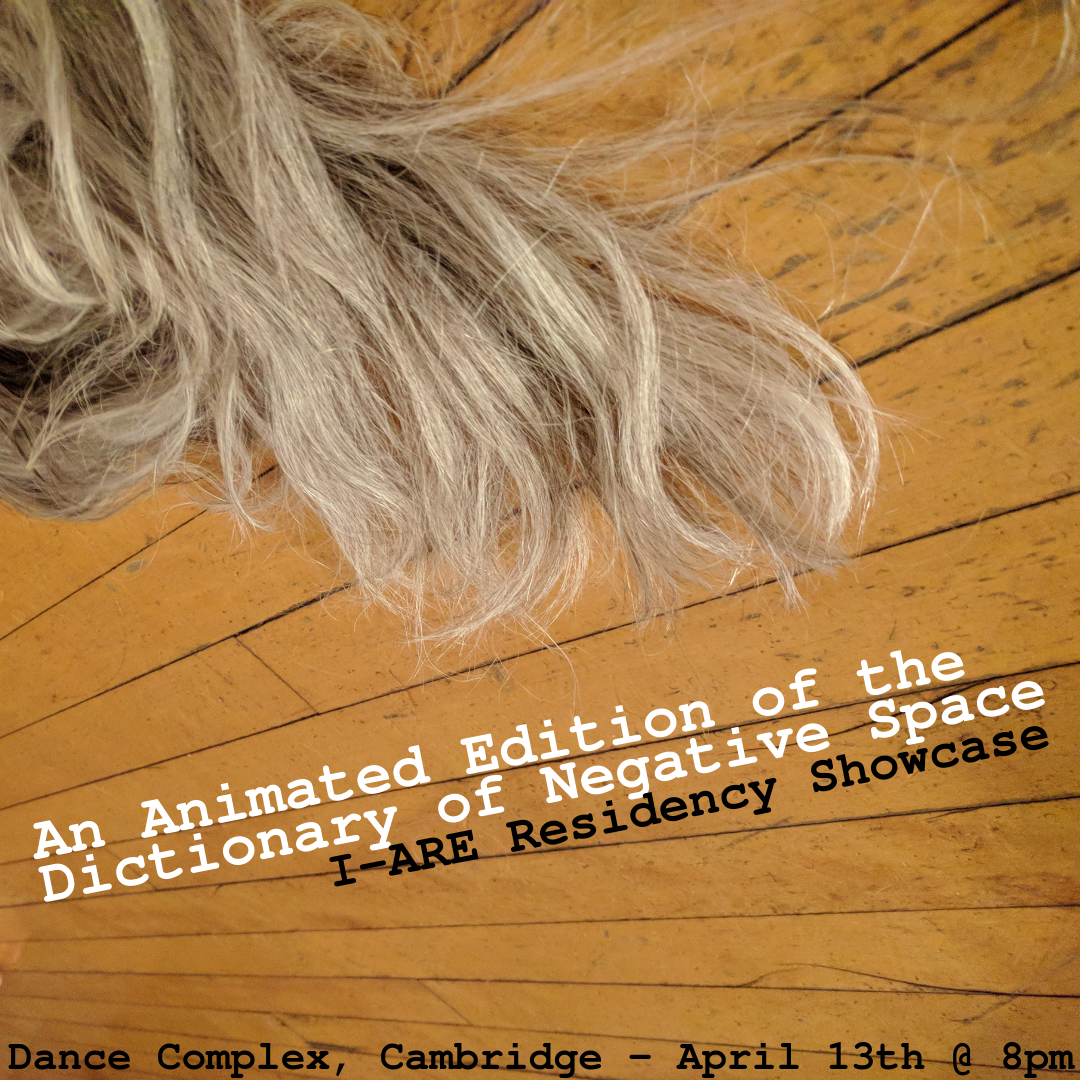
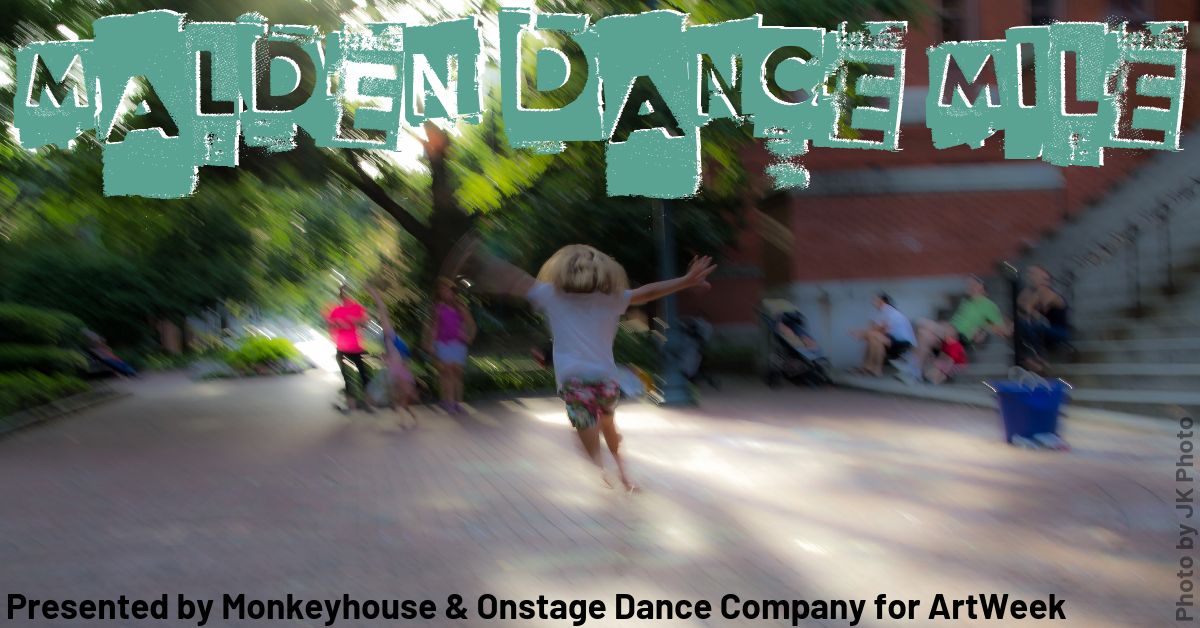
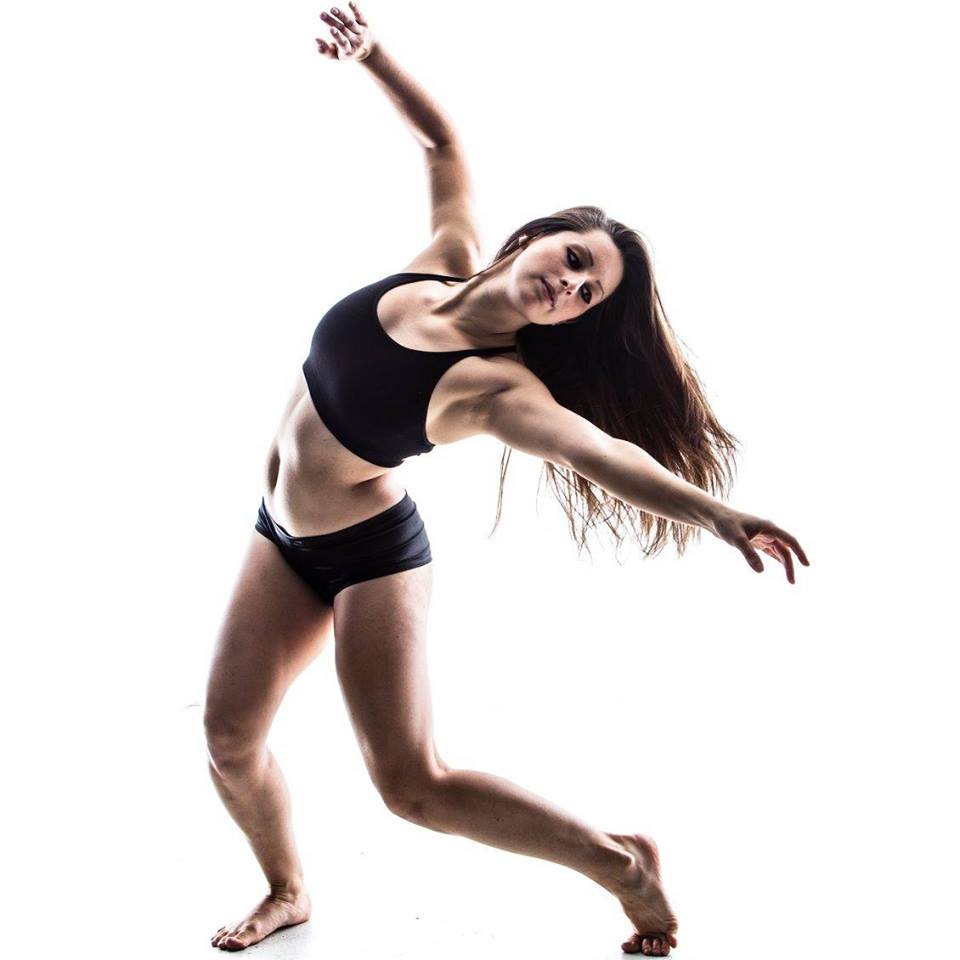
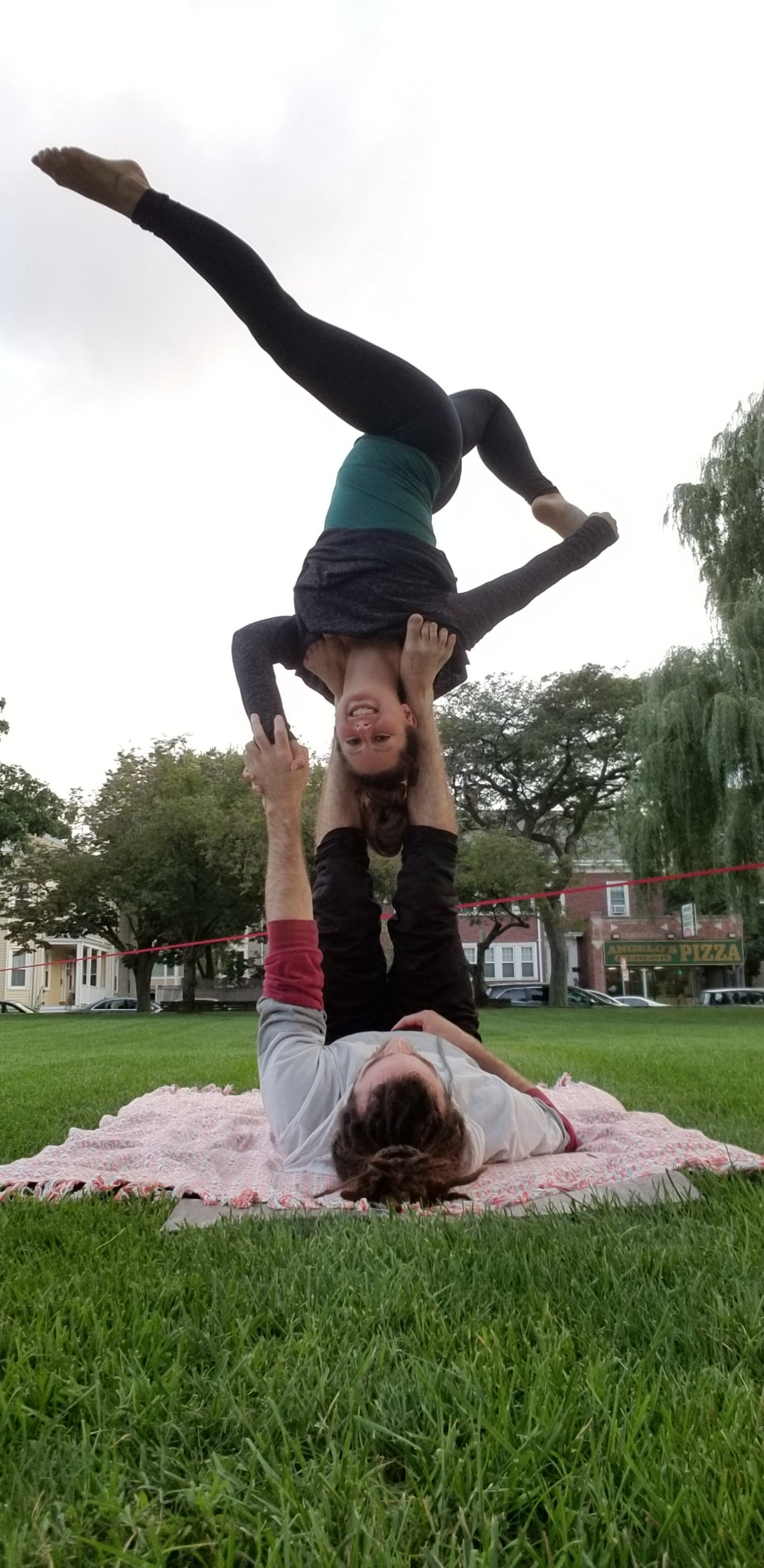
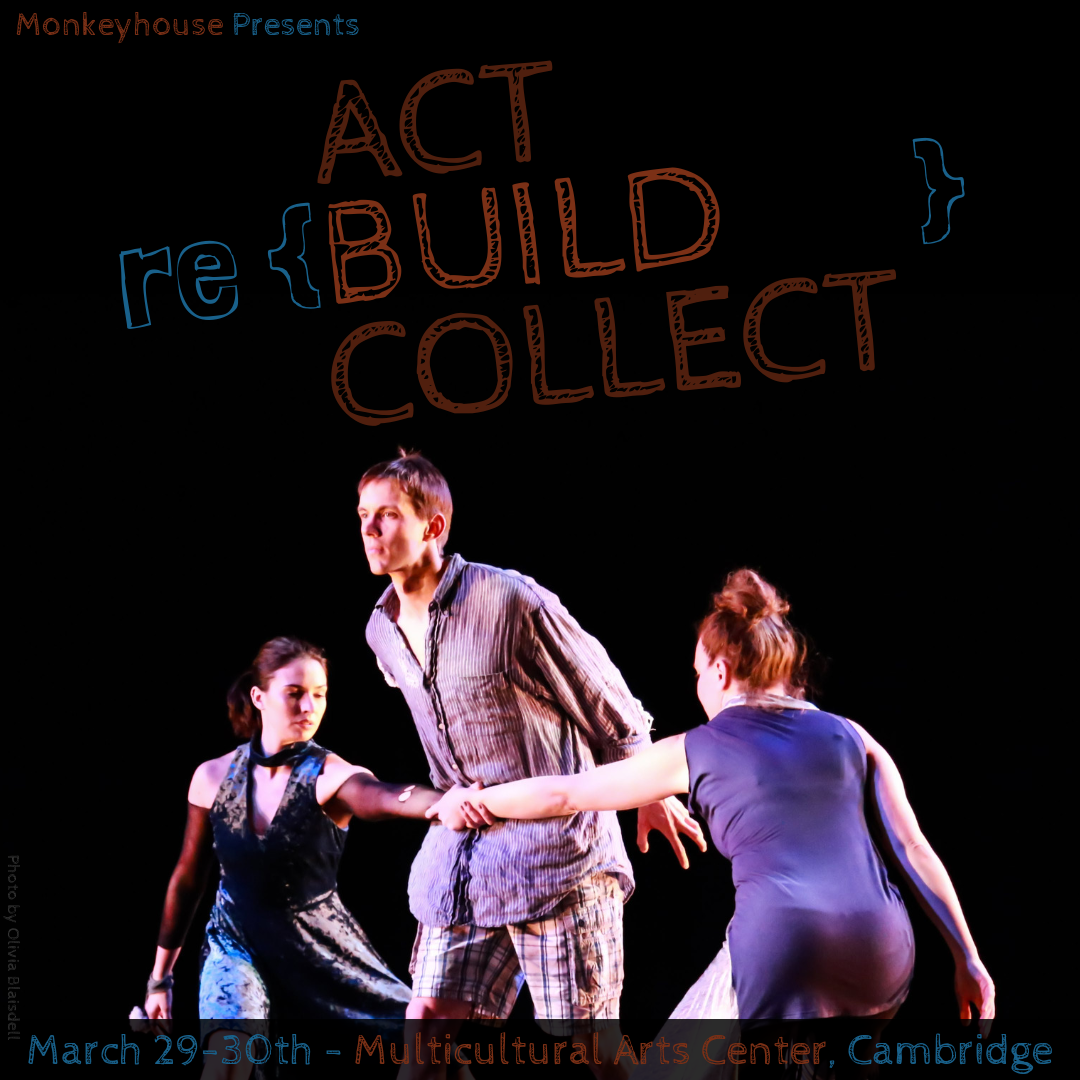
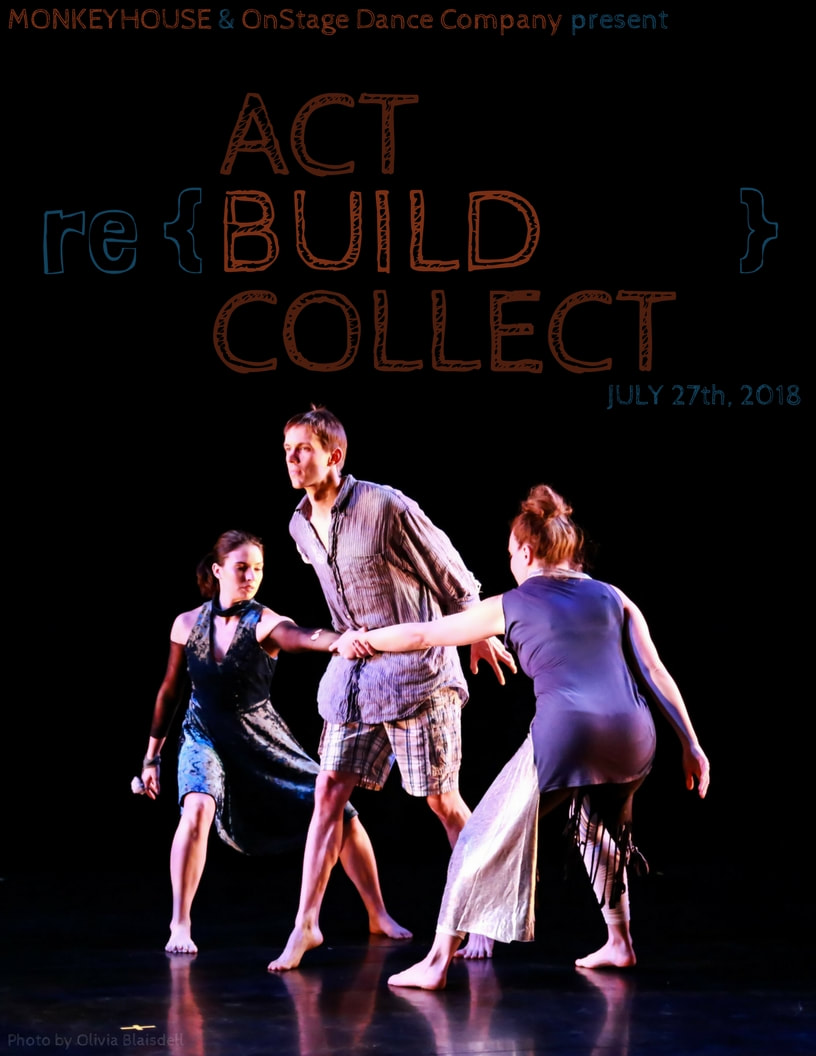
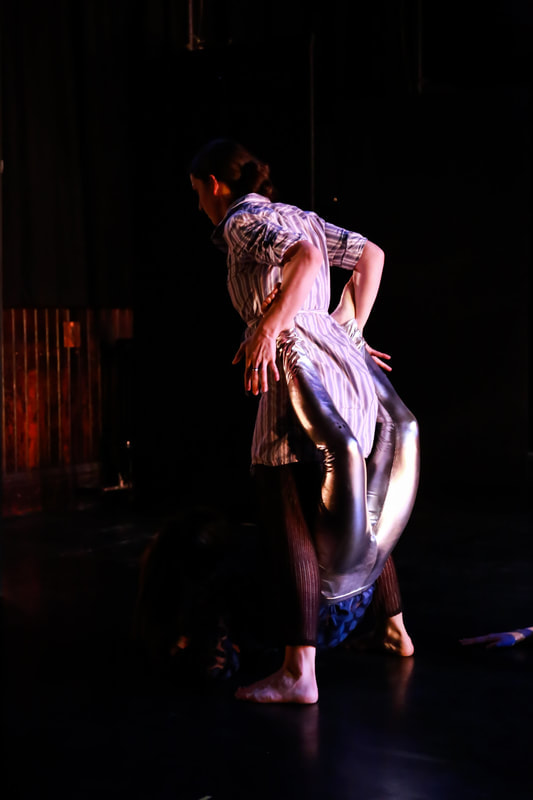
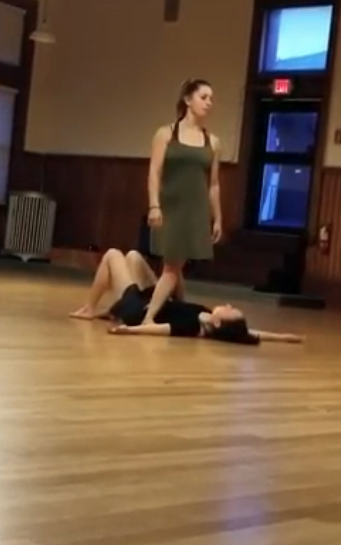
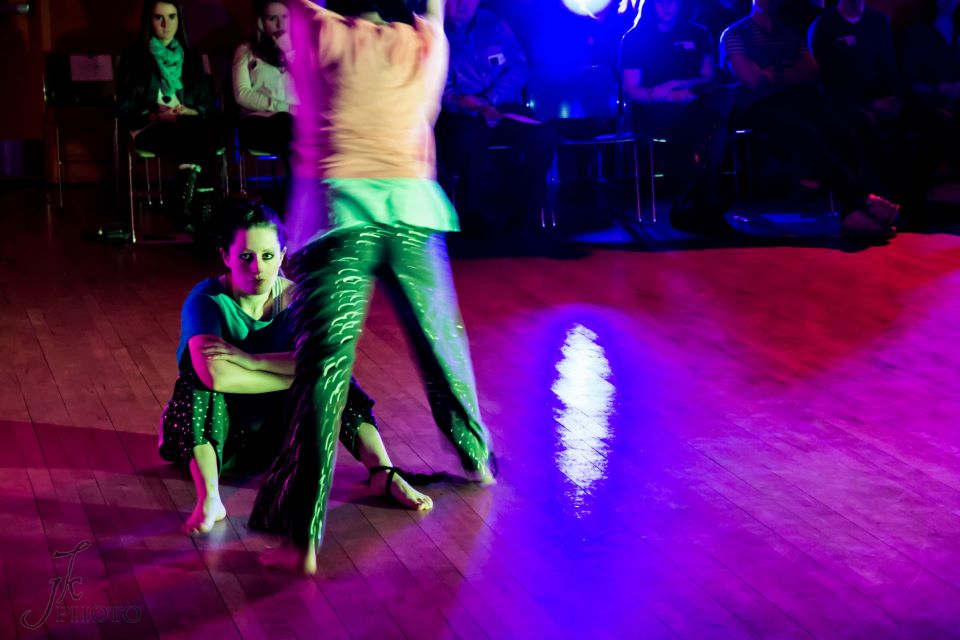
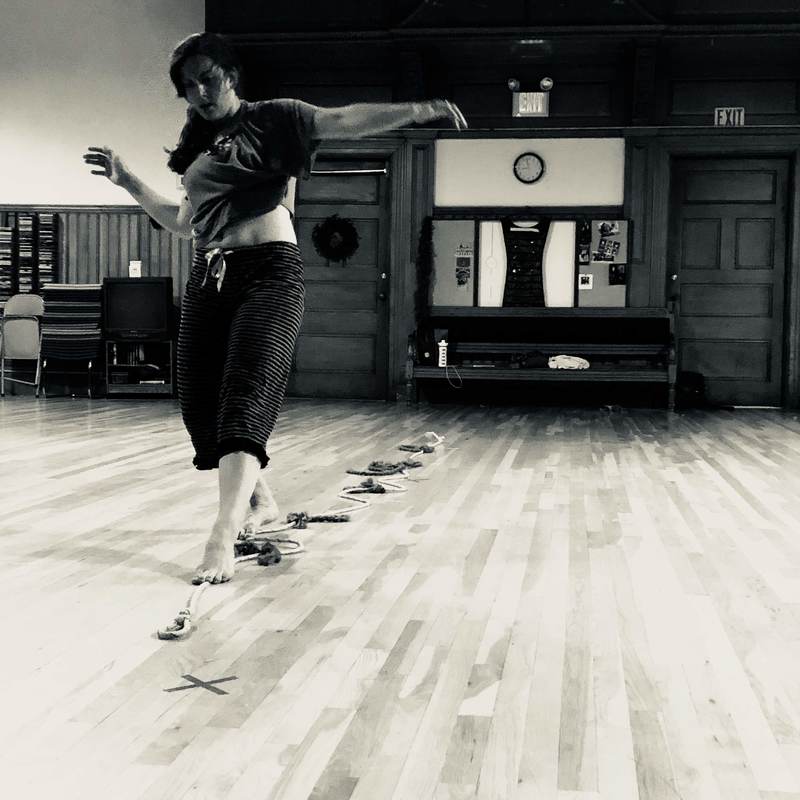
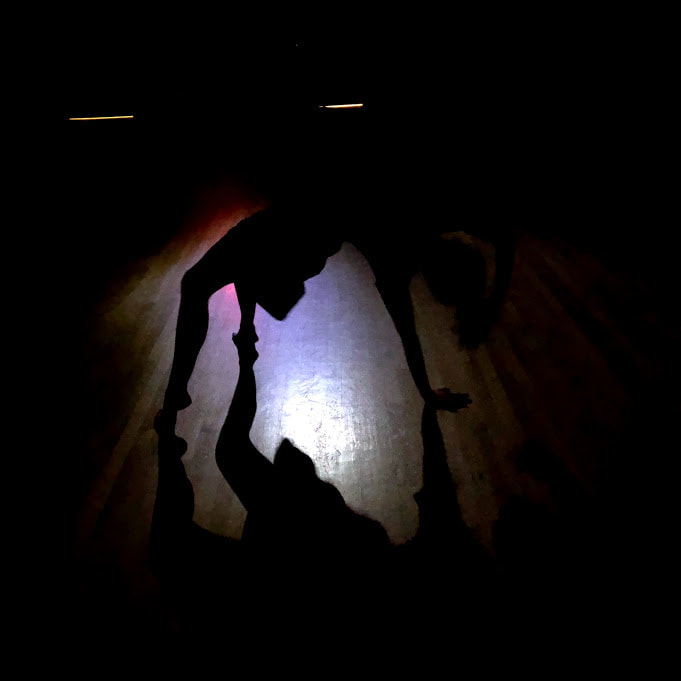
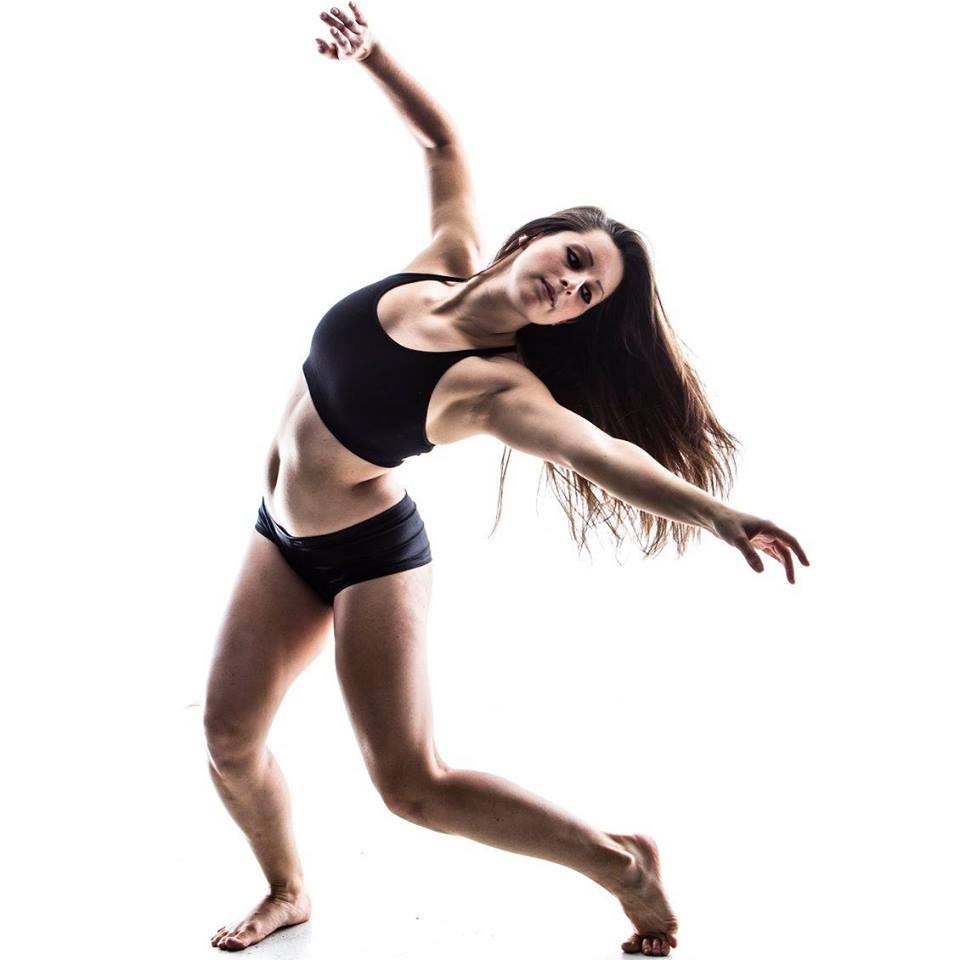
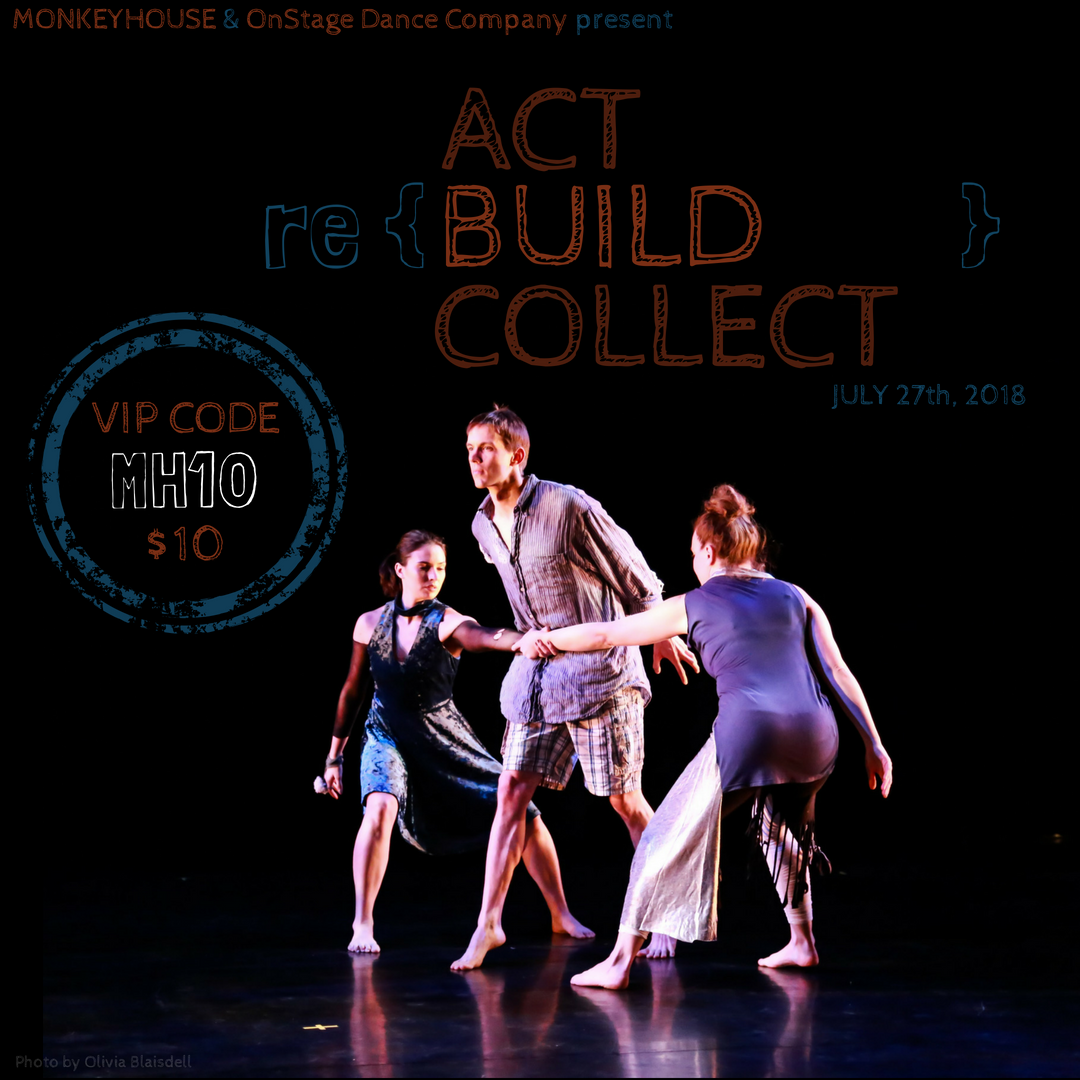
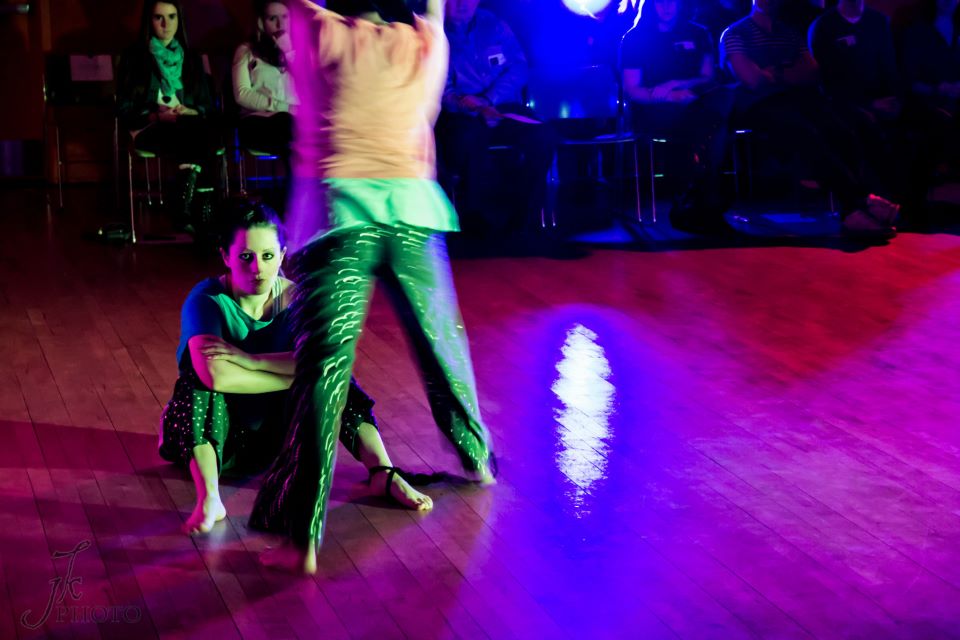
 RSS Feed
RSS Feed
